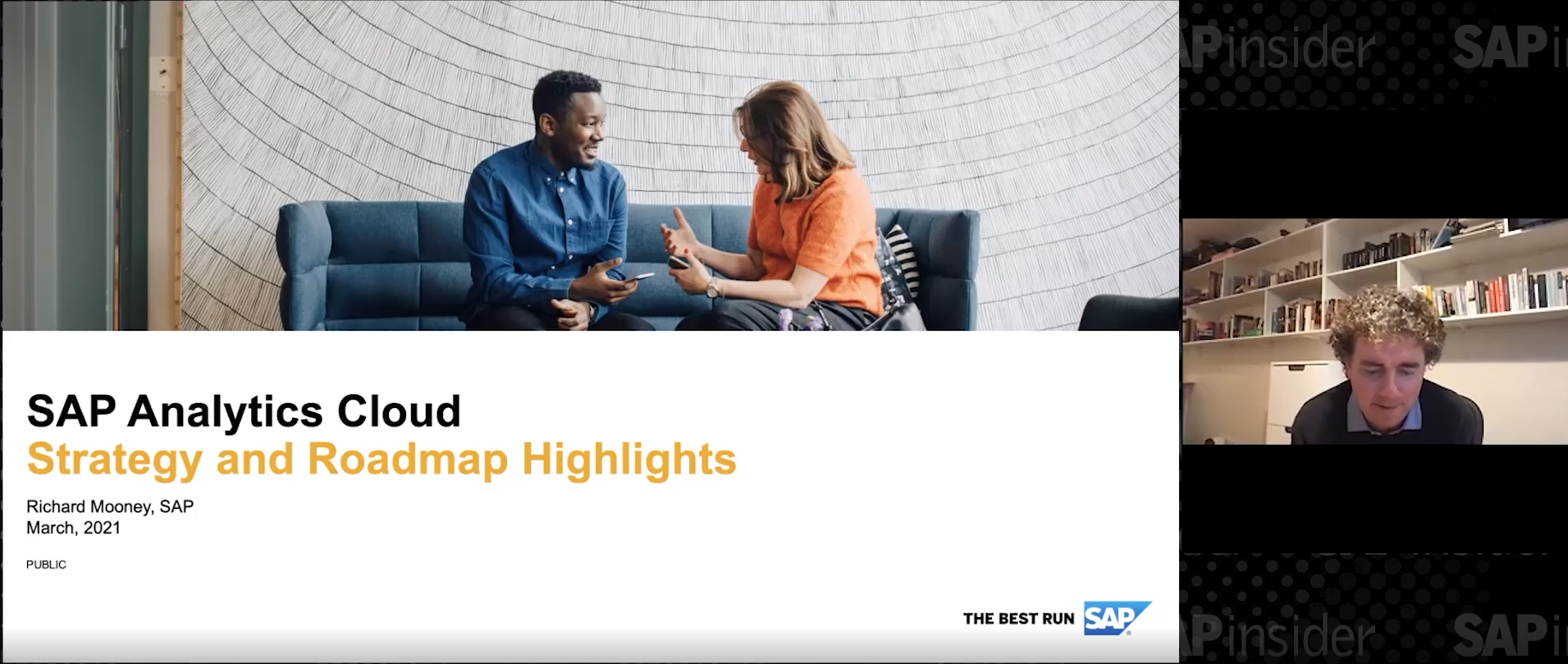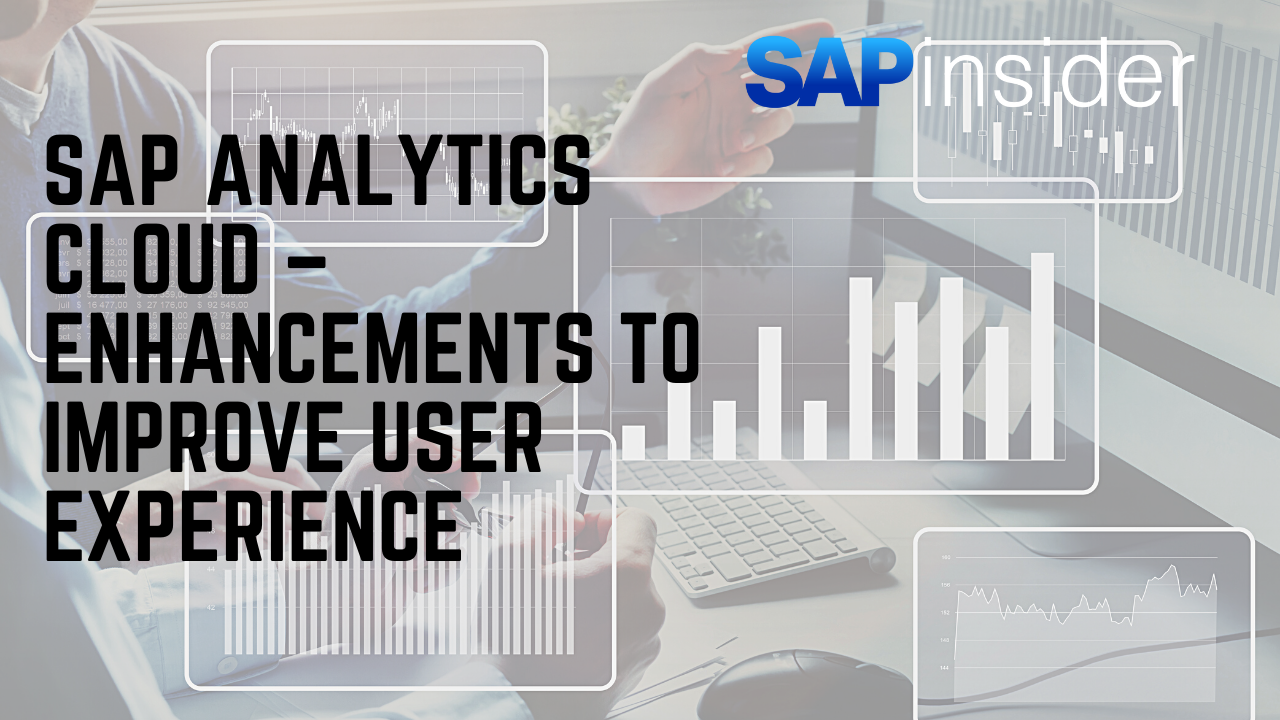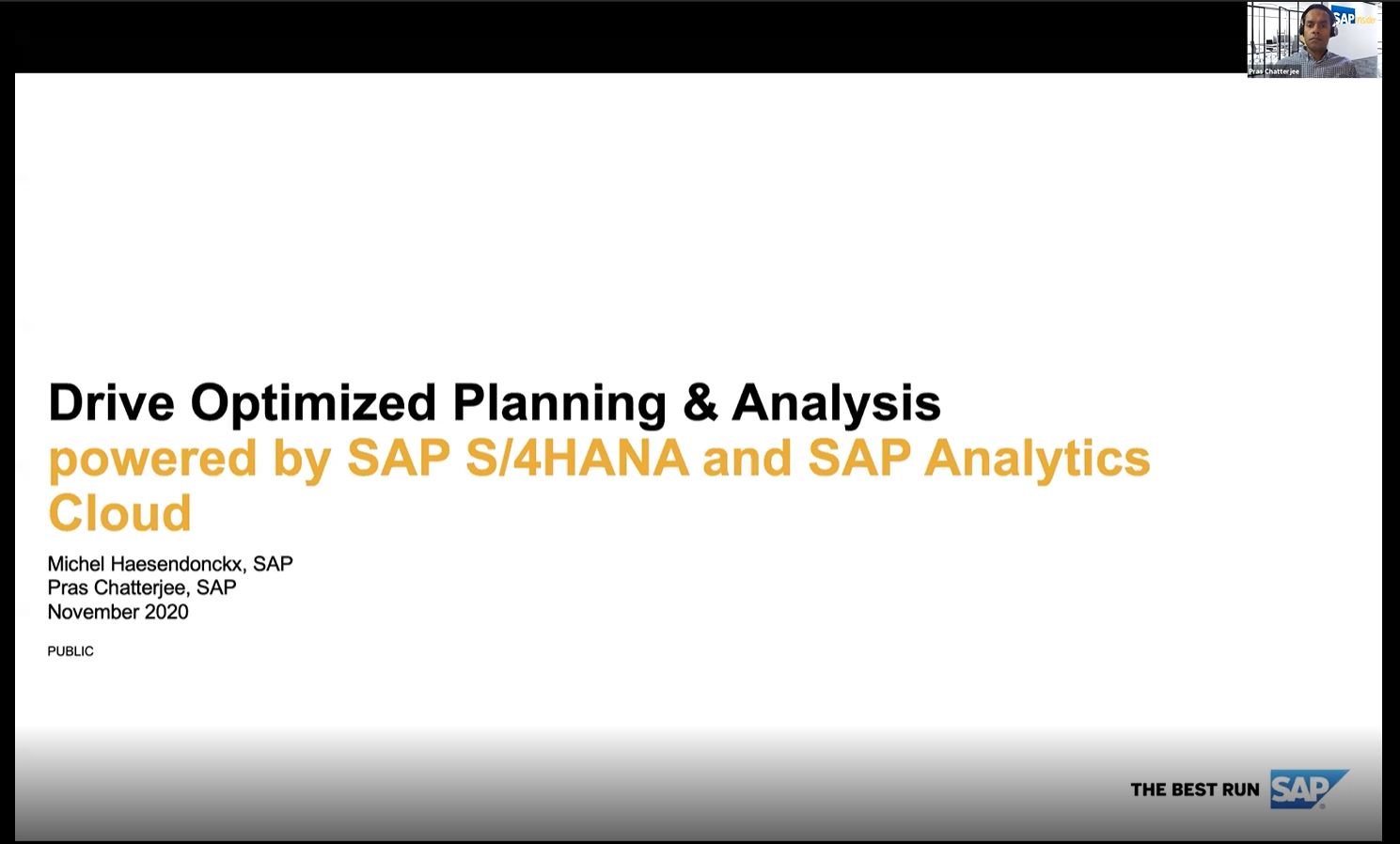Key Considerations When Moving Financial Planning and Reporting to the Cloud
Moving key business functions to the cloud involves a host of considerations, particularly when it comes to moving to a cloud-based financial planning and reporting solution. A major goal for any business evaluating the transition is to translate the value back to the organization, which requires evaluating cost of ownership, understanding practical first steps to stand up a working proof of concept (POC), and obtaining buy-in from the rest of the organization.
“Companies are choosing to extend these business functions to a broader community in their business. A true cloud solution founded on simplicity and flexibility is beneficial for many other reasons, including less reliance on IT, more flexibility, modernization, and new toolsets and solutions that make this environment easily scalable and yield cost-saving results,” says Jonathan Essig, Managing Partner, Sales & Solutions at SimpleFi Solutions. Essig is also an experienced EPM architect with focus on analytics, financial planning, and consolidation solutions and holds a Bachelor of Science in Finance and is a Certified Public Accountant.
He says considerations for moving financial planning and reporting to the cloud range from which approach to take (big bang vs. a phased approach), to understanding and leveraging current value, to ensuring proper management of internal resources. Essig will provide a deep dive into these considerations during his session at our SAPinsider 2020 Las Vegas conference March 17-19. The following article provides some key tips and highlights.
Explore related questions
Evaluate Use Cases to Identify Where You’re Currently Getting Value
For most companies, taking an agile approach when moving financial planning and reporting to the cloud is highly recommended because you’re moving from the rigid nature of an on-premise environment to the simplified, flexible cloud environment. Moving an entire functional area in one fell swoop is not ideal for every company; instead, says Essig, many companies should take an agile approach by biting off a small chunk and augmenting the existing on-premise investment to get value. Evaluating use cases is a great way to understand where you can extend existing on-premise investments and which areas are not returning value.
Most organizations that Essig has worked with have chosen to take a phased approach (which can last multiple years) as opposed to a big bang approach (moving everything over at once) but there are reasons for each approach. Essig will provide more insight into these reasons during his presentation.
Managing Internal Resources is Essential for Realizing Value
Migrating to the cloud creates change in any operating model. “There are a lot of advantages to moving financial planning and reporting to the cloud but change management can be one of the biggest hurdles for companies to get past to realize value,” says Essig. Especially when a company may currently be managing a lot of in-house resources, it can be scary for internal team members to think about how they fit into the organization and understand where they can add value under a new operating model.
“Companies need to actively manage this change with their team members and help employees understand how they fit into the vision of the future,” says Essig. Assigning leaders to projects where goals align is also essential.
Know When to Lift and Shift and When You Shouldn’t
According to Essig, moving from SAP Business Planning and Consolidation (SAP BPC) to SAP Analytics Cloud is not necessarily the right scenario for a lift and shift of your legacy solution. If you lift and shift, you risk missing out on the additional value that SAP Analytics Cloud offers. “Take the time to rethink your processes to get the most value out of the tool. SAP Analytics Cloud does plug in and will pull over your on-premise application(s) like SAP BPC. Models and dimensionality can pull over automatically. You can continue to manage that metadata in SAP BPC and SAP Analytics Cloud will acquire that. When you’re ready to make the change, you can move the administration and management over to SAP Analytics Cloud,” says Essig.
A lot of the core nuts and bolts and blocking and tackling are very similar between the solutions too, so it hasn’t been a huge transition for inhouse resources that contain expertise in SAP BPC. “There’s a lot of common knowledge so we can take historic BPC applications and rebuild them fairly quickly with the new solution,” says Essig. Anything outside of the model, however, such as reports, logic, and planning functions, should be considered a reimplementation/rebuild.
Necessary process changes will vary depending on different business models and needs but Essig is seeing much for flexibility and simplicity available within SAP Analytics Cloud that is helping businesses tackle investments within a legacy tool more efficiently. “SAP Analytics Cloud allows for planning across the entire organization so it should be engaging with the business to support both your models and your processes, not just collect and aggregate data for corporate finance,” says Essig.
Register now to attend the full session and many others at SAPinsider’s conference in Las Vegas featuring six conferences covering financials; GRC; BI, analytics and HANA; admin, infrastructure, and platform; SAP S/4HANA; and cybersecurity.







